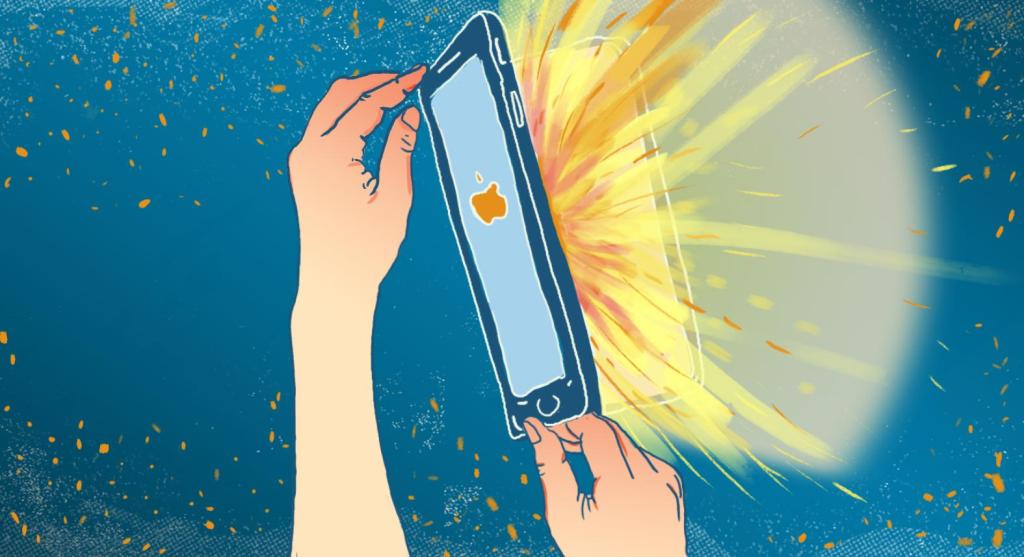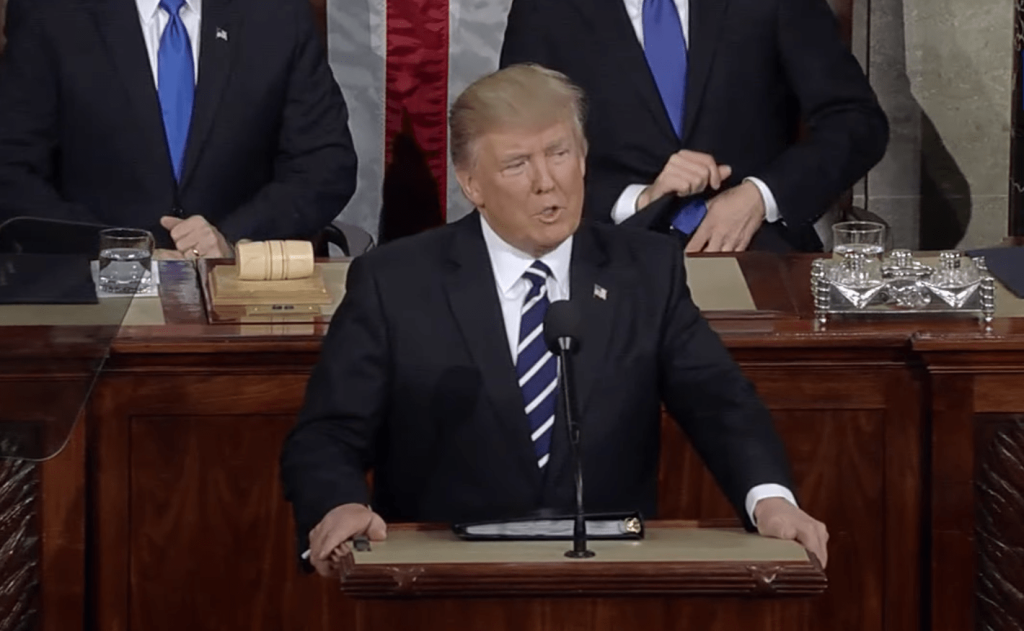Image: Wikimedia Commons
On June 3, 1880, just four years after he patented the telephone, Alexander Graham Bell was talking wirelessly, sending his words over 213 meters on a mirror and a sunbeam on top of the Franklin School in Washington, DC. Bell called it his most important invention and named it the “photophone.”
Just like a telephone, you’d speak into a transmitter and it would be heard via a receiver, except, rather than sending electrical signals over wire, the transmitter focused light onto a parabolic mirror. When you spoke, the mirror vibrated in response, which modulated the sunbeam and varied the intensity of the light reaching the receiver, where, by shining on light-sensitive selenium, the light became speech again.
Videos by VICE
Image: Bell Public Domain
In a letter to his wife on June 2, 1880, Bell explained how he and his lab partner Charles Sumner Tainter made it work:
Mr. Tainter spoke and shouted to the Photophone and I listened to telephones down in the kitchen which were connected with the selenium cell. I could hear Mr. Tainter’s voice but very faintly. We then used the lens by means of which the light was brought to a focus on the diaphragm-mirror—before being sent into the parabolic reflector. I went downstairs to listen while Mr. Tainter spoke to the Photophone. As I put the Telephones to my ear—I heard the words “Mr. Bell do you hear what I say” just as if they had been uttered into my ear by Mr. Tainter himself. The articulation was perfectly distinct—but what was most surprising was the loudness of the sounds…I understood everything Mr. Tainter said and he understood everything I said when we changed places.
Bell was so pleased with the photophone that he wanted to name his second daughter after it, which, fortunately for her, didn’t happen. And the photophone wasn’t exactly an Earth-shattering success either.
In that same letter to his wife, Bell described how the photophone could be thwarted by bad weather: “Mr. Tainter and I have been mortified that cloud and rain have prevented us from making experiments with our huge diaphragm-mirror photophonic transmitter.” The photophone didn’t work well by the light of a kerosene lamp, and by the late 1890s, another wireless system was being tested by a young Italian inventor named Marconi, and it would make the whole photophone project pretty much redundant.
But Bell’s favorite invention had a bit of a revival, as fiber optics revived light-transmitted telecommunication in the late 20th century. By 1980, the Smithsonian was dusting off the photophone that Bell had donated, to celebrate the centennial of an invention that lived up to its inventor’s enthusiasm long after he had died.
And his enthusiasm is rightfully famous and downright poetic. Writing to his father Bell said:
“I have heard articulate speech by sunlight! I have heard a ray of the sun laugh and cough and sing! …I have been able to hear a shadow and I have even perceived by ear the passage of a cloud across the sun’s disk.”
Therein lies the beauty and the problem.


